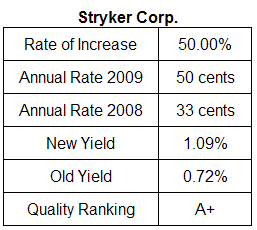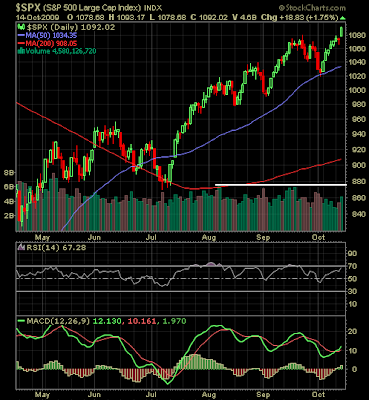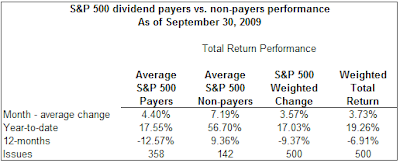Investors are often advised to spread their investments across differing asset classes because of the lower correlation of these other asset classes. Unfortunately, the correlation of many of these other asset classes has continued to increase.
I have discussed this issue of higher correlation in earlier posts:
Fidelity's Market Analysis, Research and Education (MARE) group recently updated correlation data as of August 31, 2009. As the below table notes, correlation versus the S&P 500 Index has increased across a number of asset classes except U.S. Government Bonds.
MARE notes the potential investment implications:
- U.S. government bonds performed very well as riskier assets tumbled during the financial crisis in 2008, but so far in 2009 have fared poorly as riskier assets have rallied amid signs of economic stabilization and improvement.
- There are potential scenarios where U.S. bonds could either hold up well in the months ahead (a double-dip recession, further financial system turmoil, etc.) or underperform riskier assets (rising inflation, increased concerns about the U.S. fiscal deficit/creditworthiness, or a better-than-expected economic recovery).
- It remains to be seen whether the recent increase in correlations among riskier assets will define a new, more highly correlated era. In any case, investors are likely to be on safer ground anticipating that U.S. government bonds will continue to be one of the few ways to effectively diversify a portfolio.
In the end, investors need to be aware of this move towards higher correlation across a number of asset classes. Simply spreading ones investments into various asset classes will not necessarily ensure a higher risk adjusted return.
Source:
Where To Find Diversification In A Highly Correlated World (PDF)Fidelity (MARE)
September 21, 2009
http://personal.fidelity.com/products/funds/content/pdf/where-to-find-diversification.pdf
















